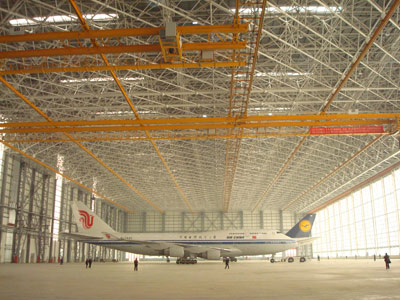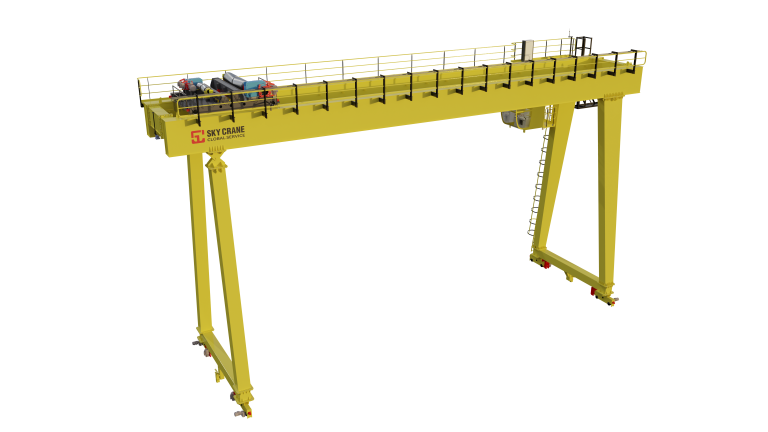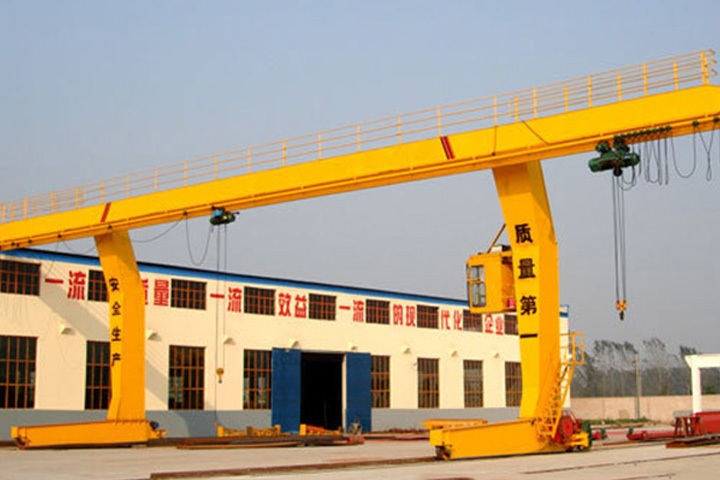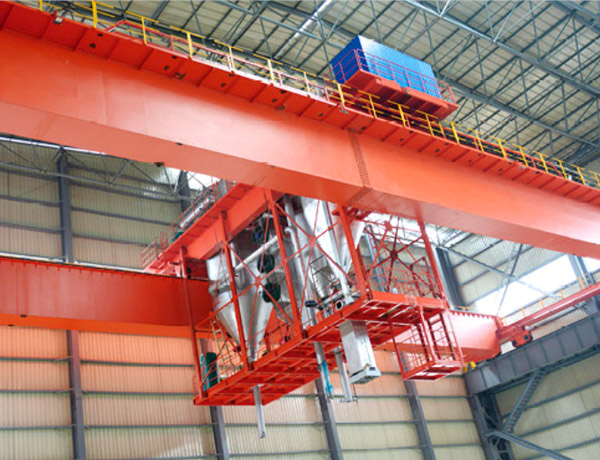Table of Contents
Benefits of Investing in Light and Small Lifting Equipment for Your Business
In today’s fast-paced business environment, efficiency and productivity are key factors in determining the success of a company. One way to improve efficiency in your operations is by investing in light and small lifting equipment. These tools can help streamline your workflow, increase safety, and ultimately save you time and money in the long run.
One of the main benefits of using light and small lifting equipment is their versatility. These tools are designed to be compact and easy to maneuver, making them ideal for a wide range of tasks in various industries. Whether you need to lift heavy objects in a warehouse, transport materials on a construction site, or load and unload goods in a shipping facility, light and small lifting equipment can help you get the job done quickly and efficiently.
Another advantage of investing in light and small lifting equipment is their cost-effectiveness. These tools are typically more affordable than larger, more complex lifting equipment, making them a practical choice for small businesses or companies operating on a tight budget. Additionally, their compact size means they require less storage space, which can help you save on overhead costs in the long run.
| Serial Number | Name |
| 1 | LDP electric single beam |
| 2 | Semi – gantry Crane |
| 3 | European-style crane |
| 4 | Harbour crane |
Safety is another important factor to consider when it comes to lifting heavy objects in the workplace. Light and small lifting equipment are designed with safety in mind, featuring built-in safety mechanisms and ergonomic designs to help prevent accidents and injuries. By investing in these tools, you can create a safer work environment for your employees and reduce the risk of workplace incidents.
In addition to improving safety, light and small lifting equipment can also help increase productivity in your operations. These tools are designed to be easy to use and require minimal training, allowing your employees to work more efficiently and effectively. By streamlining your workflow and reducing manual labor, you can save time and increase output, ultimately boosting your bottom line.
Furthermore, light and small lifting equipment can help you meet the growing demands of your customers and stay competitive in the market. With these tools, you can increase your capacity to handle larger loads and fulfill orders more quickly, allowing you to meet tight deadlines and exceed customer expectations. By investing in light and small lifting equipment, you can position your business for growth and success in the long term.
In conclusion, light and small lifting equipment offer a wide range of benefits for businesses looking to improve efficiency, safety, and productivity in their operations. These tools are versatile, cost-effective, and designed with safety in mind, making them a practical choice for companies of all sizes. By investing in light and small lifting equipment, you can streamline your workflow, increase productivity, and ultimately save time and money in the long run.
Comparing the Cost-Effectiveness of Different Types of Light and Small Lifting Equipment
When it comes to light and small lifting equipment, there are a variety of options available on the market. From hoists to jacks to cranes, each type of equipment serves a specific purpose and comes with its own set of advantages and disadvantages. One of the key factors that businesses consider when choosing lifting equipment is the cost-effectiveness of the equipment. In this article, we will compare the cost-effectiveness of different types of light and small lifting equipment to help you make an informed decision for your business.
Hoists are a popular choice for lifting and moving heavy objects in a controlled manner. They are typically used in warehouses, construction sites, and manufacturing facilities. Hoists come in various sizes and configurations, including chain hoists, wire rope hoists, and electric hoists. While hoists can be a cost-effective option for lifting heavy objects, they may not be suitable for all applications. For example, if you need to lift objects to a great height or move them horizontally, a crane may be a more cost-effective solution.
Jacks are another type of lifting equipment that is commonly used in automotive repair shops, construction sites, and other industrial settings. Jacks are designed to lift heavy objects vertically, making them ideal for tasks such as changing tires, lifting vehicles, and supporting structures. While jacks are generally more affordable than hoists and cranes, they may not be as versatile or efficient for lifting heavier objects over longer distances.
Cranes are a versatile and powerful type of lifting equipment that is commonly used in construction, manufacturing, and shipping industries. Cranes come in various configurations, including overhead cranes, gantry cranes, and mobile cranes. While cranes are typically more expensive than hoists and jacks, they offer greater lifting capacity, reach, and flexibility. Cranes are often the most cost-effective option for lifting heavy objects over long distances or in hard-to-reach areas.
When comparing the cost-effectiveness of different types of light and small lifting equipment, it is important to consider not only the initial purchase price but also the long-term operating costs. For example, while hoists may be more affordable upfront, they may require more frequent maintenance and repairs compared to jacks or cranes. Additionally, the cost of training employees to operate and maintain the equipment should also be taken into account.
In conclusion, the cost-effectiveness of light and small lifting equipment depends on a variety of factors, including the type of equipment, the specific application, and the long-term operating costs. While hoists may be a more affordable option for lifting heavy objects in a controlled manner, cranes offer greater lifting capacity and flexibility for more demanding tasks. Ultimately, the best choice of lifting equipment for your business will depend on your specific needs and budget.
How to Choose the Right Light and Small Lifting Equipment for Your Specific Needs and Budget
When it comes to choosing the right light and small lifting equipment for your specific needs and budget, there are several factors to consider. From the type of lifting you will be doing to the weight capacity of the equipment, it is important to carefully evaluate your requirements before making a purchase.
One of the first things to consider when choosing light and small lifting equipment is the type of lifting you will be doing. Are you looking for equipment to lift heavy objects in a warehouse setting, or do you need something more portable for use in a construction site? Understanding the specific requirements of your lifting tasks will help you narrow down your options and choose the most suitable equipment for your needs.
Another important factor to consider is the weight capacity of the lifting equipment. Different types of equipment have different weight capacities, so it is essential to choose one that can safely lift the objects you will be working with. It is always better to choose equipment with a higher weight capacity than you think you will need, to ensure that it can handle any unexpected situations that may arise.
In addition to weight capacity, it is also important to consider the size and dimensions of the lifting equipment. Light and small lifting equipment is designed to be compact and easy to maneuver, so it is important to choose equipment that will fit comfortably in the space where you will be working. Consider the height and width of the equipment, as well as any additional features such as adjustable arms or extendable booms.
When it comes to price, light and small lifting equipment can vary significantly depending on the brand, features, and quality of the equipment. It is important to set a budget before you start shopping for equipment, and to stick to it as much as possible. While it may be tempting to choose the cheapest option available, it is important to remember that quality is key when it comes to lifting equipment. Investing in high-quality equipment may cost more upfront, but it will save you money in the long run by reducing the risk of accidents and breakdowns.
When comparing prices, be sure to consider not only the initial cost of the equipment but also any additional costs such as maintenance, repairs, and replacement parts. Some brands may offer warranties or service plans that can help offset these costs, so be sure to inquire about these options before making a purchase.

In conclusion, choosing the right light and small lifting equipment for your specific needs and budget requires careful consideration of several factors. By understanding the type of lifting you will be doing, the weight capacity of the equipment, and the size and dimensions of the equipment, you can make an informed decision that will meet your requirements and ensure the safety of your lifting tasks. Remember to set a budget and compare prices to find the best value for your money, and don’t hesitate to ask for assistance from a professional if you need help choosing the right equipment for your needs.





